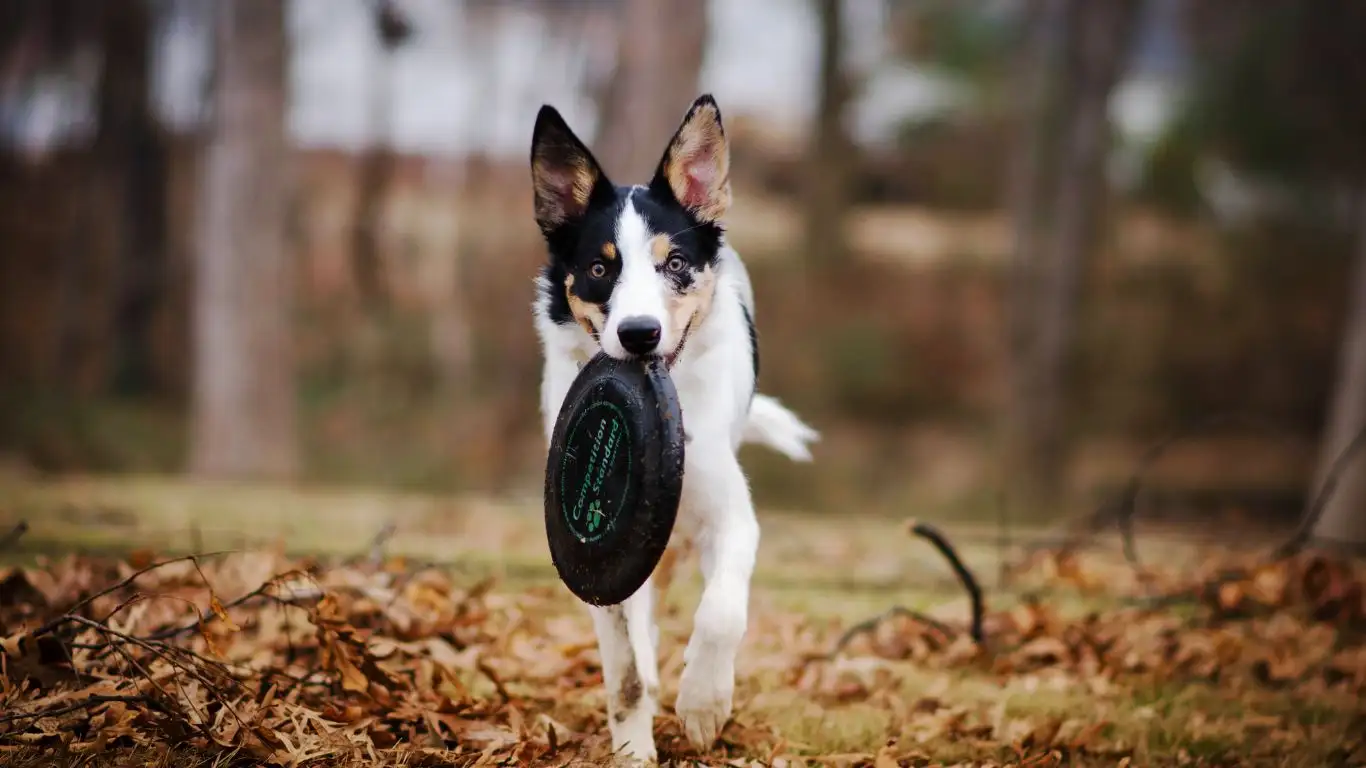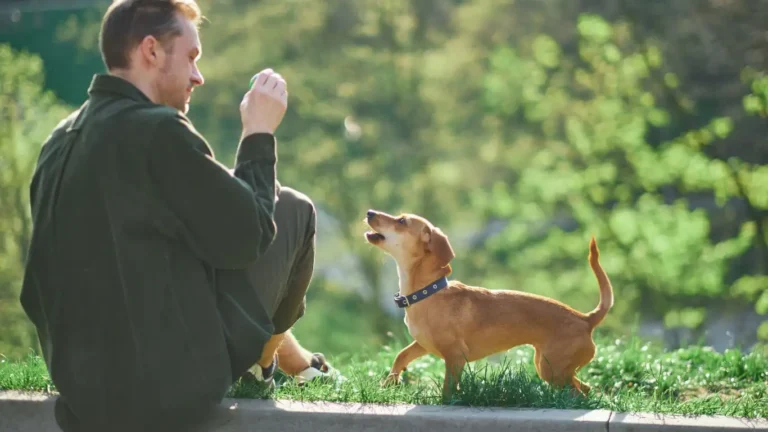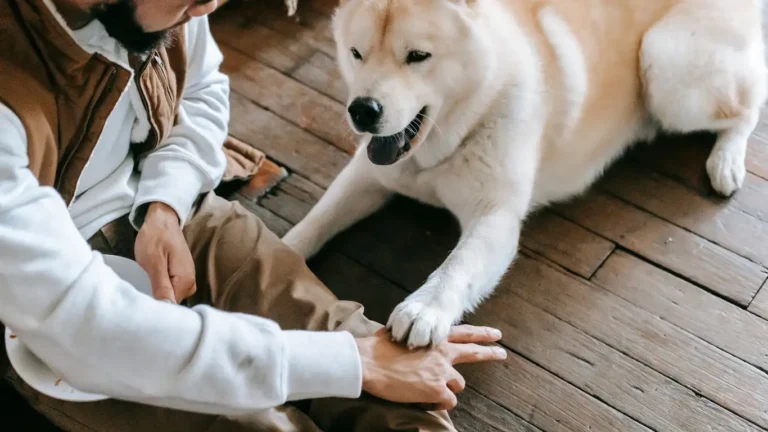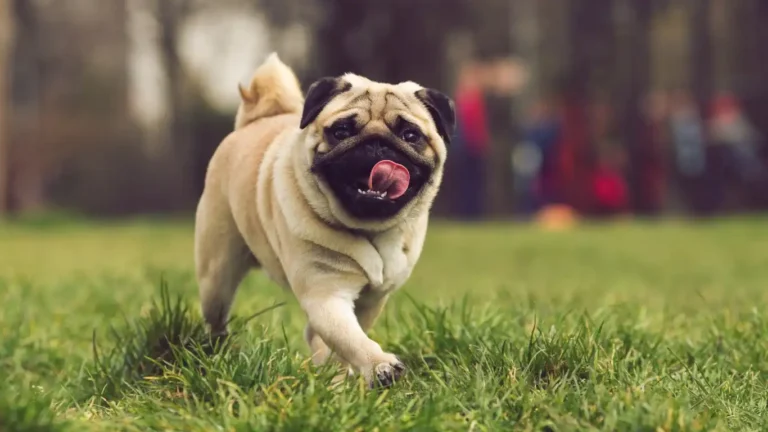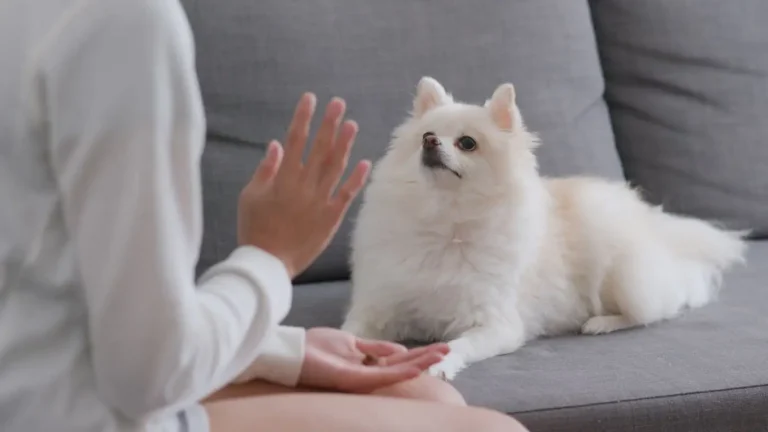How to Train a Dog to Handle Loud Celebrations Like a Pro
Ever had your pup completely freak out during fireworks, parades, or birthday parties? Yeah, me too. One of the most common concerns I hear as a Canine-Assisted Therapy Trainer is how to train a dog to be okay with loud celebrations. Whether it’s the 4th of July or just an impromptu karaoke night, dogs don’t exactly appreciate the “festive” side of humans like we do. But the good news? With the right steps and a whole lot of patience, your dog can actually learn to stay calm (or at least less panicked) when the noise kicks in.
Why Dogs Struggle With Loud Noises in the First Place
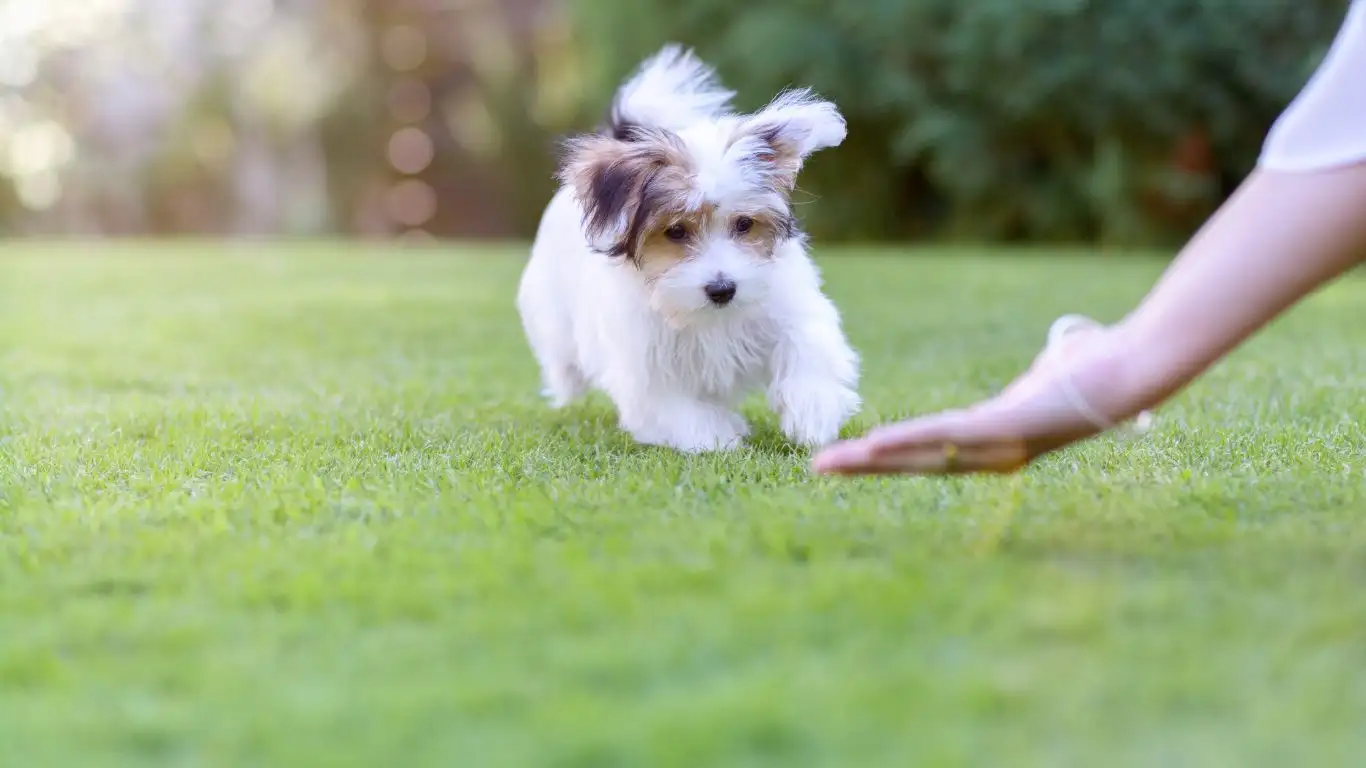
Dogs have super-sensitive hearing — about four times more powerful than ours. So while a bass-heavy stereo might sound like a mild beat to you, to your dog, it’s like an earthquake of chaos. Add the unpredictable bangs of fireworks, the shrieks of party guests, or that one uncle who laughs like a foghorn, and it’s sensory overload city.
In my experience, most dogs aren’t “bad” during loud events — they’re terrified. Their behavior (hiding under beds, barking non-stop, even trying to escape) is a natural survival response. Understanding that fear is the first step to helping them through it.
Signs Your Dog Might Be Noise Sensitive
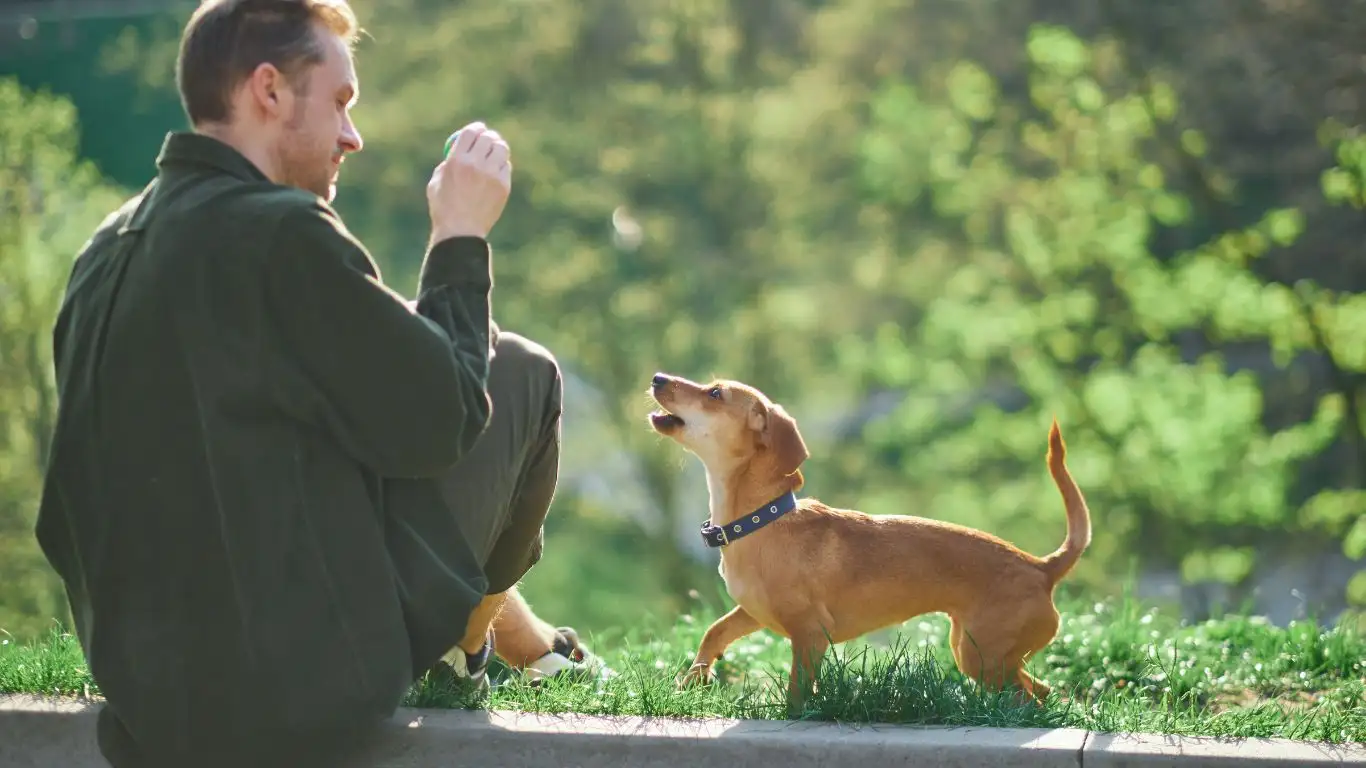
If you’re not sure whether your dog is truly struggling with loud celebrations or just being dramatic (spoiler: it’s probably not drama), look out for these signs:
- Trembling or shaking
- Trying to hide or escape
- Whining, barking, or howling
- Pacing or restlessness
- Loss of appetite or sudden house accidents
Fun fact: One of my former therapy dogs, Max, used to try to crawl into the dishwasher during thunderstorms. No joke. It became pretty clear he wasn’t just annoyed — he was scared out of his fur.
How to Train a Dog to Be Okay with Loud Celebrations
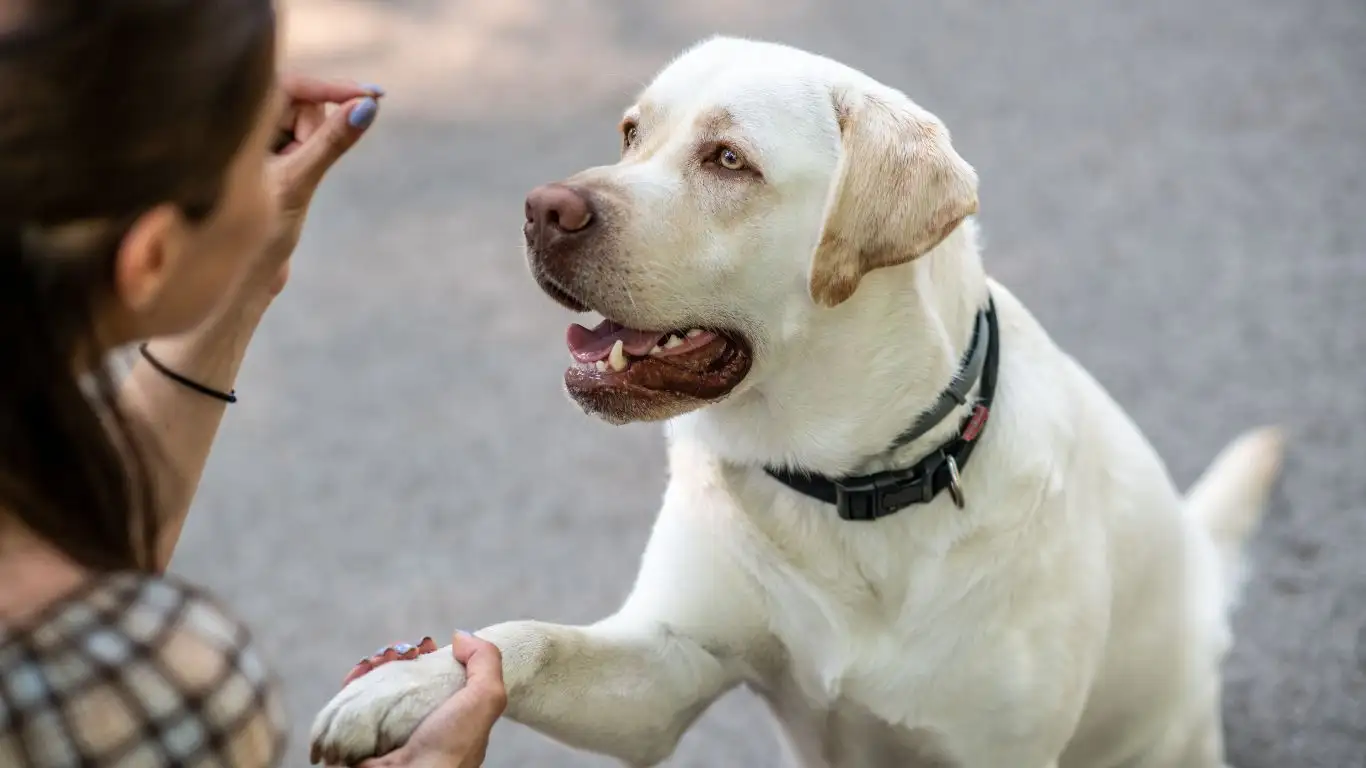
Start with Desensitization and Counter-Conditioning
This is one of the most effective long-term strategies I use, and it’s especially helpful for therapy dogs who need to stay calm in all kinds of environments.
- Play recordings of fireworks, cheering, or other party sounds — very quietly at first.
- Pair the sound with positive stuff — treats, praise, a fun game.
- Slowly increase the volume over several days or weeks, always watching your dog’s reaction.
If your pup starts to panic, dial the volume back. The key here is consistency and not rushing. I’ve done this with dozens of dogs, and while the timeline varies, it does work if you stay patient and supportive.
Create a Calm Retreat Zone
Think of it like a “safe room” for your dog — a place they can go when things get loud. Here’s what’s worked best for me:
- A cozy crate or small room with familiar bedding
- White noise machine or calming music
- Chew toys or frozen treat puzzles to distract and soothe
Bonus points if you use calming scents like lavender. One of my clients swears by a plug-in diffuser, and honestly, it smells great for humans, too.
Practice “Celebration Training” in Small Doses
Instead of waiting for the next big bash, simulate it in tiny, dog-friendly bursts. Turn on party music for five minutes while playing fetch. Clap and cheer during training games. Invite a friend over for a mellow “party” with your dog present — and loaded with treats.
The goal? Help your dog associate party vibes with fun and rewards, not panic. Think of it like teaching your dog that loud = awesome (instead of terrifying).
Next, I’ll dive into which commands can make the biggest difference, the tools that help during real-time celebrations, and some mistakes I’ve made along the way (so you can avoid them). Stay tuned — this stuff is game-changing.
Teach Your Dog the Right Commands for Noisy Situations
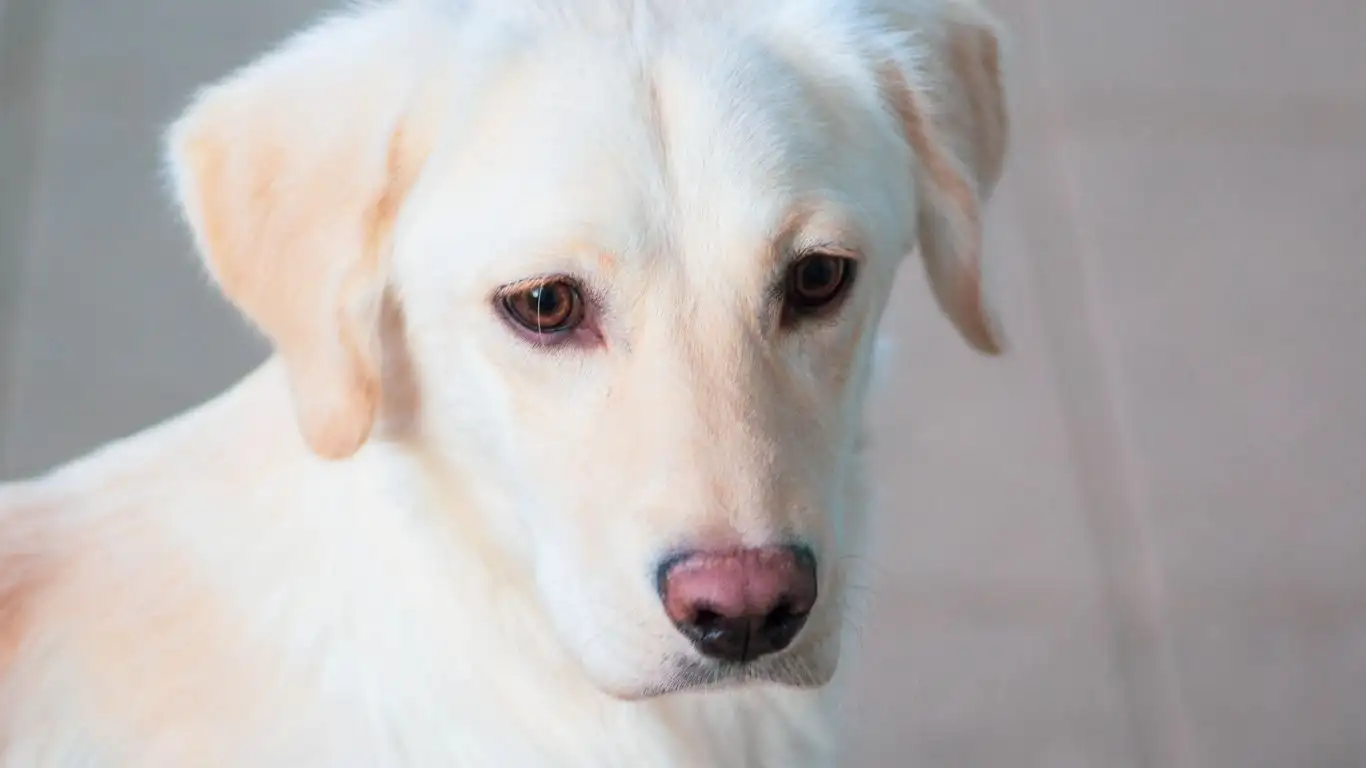
Okay, so once your dog is slowly getting used to the sounds, the next layer of the game plan is teaching solid, reliable commands. These commands become your dog’s mental anchor when the world starts going bonkers. And trust me — having these in your back pocket can be a total game-changer.
Here are the go-to cues I teach all my therapy dogs, especially those who might be working in environments where celebrations, clapping, or loud chatter are unavoidable:
- “Place” – This is one of my favorites. You train your dog to go to a specific mat or bed and stay there. It gives them a predictable routine during unpredictable noise.
- “Look at me” – Such a simple cue, but powerful. When a dog locks eyes with you, they’re tuning in to you instead of the chaos. Start teaching it in quiet places, then slowly add distractions.
- “Settle” – This one tells your dog to lie down and chill out. Pair it with calm petting or a soft “good dog” tone, and it becomes a verbal cue for relaxation.
One of my pups, Luna, used to bolt under the couch every time someone popped a balloon. After a few weeks of combining “place” with her favorite treat-stuffed Kong, she now trots over to her bed like a little pro instead of going full panic mode. Baby steps, but such a win!
Use Tools to Create Calm (Without Over-Reliance)
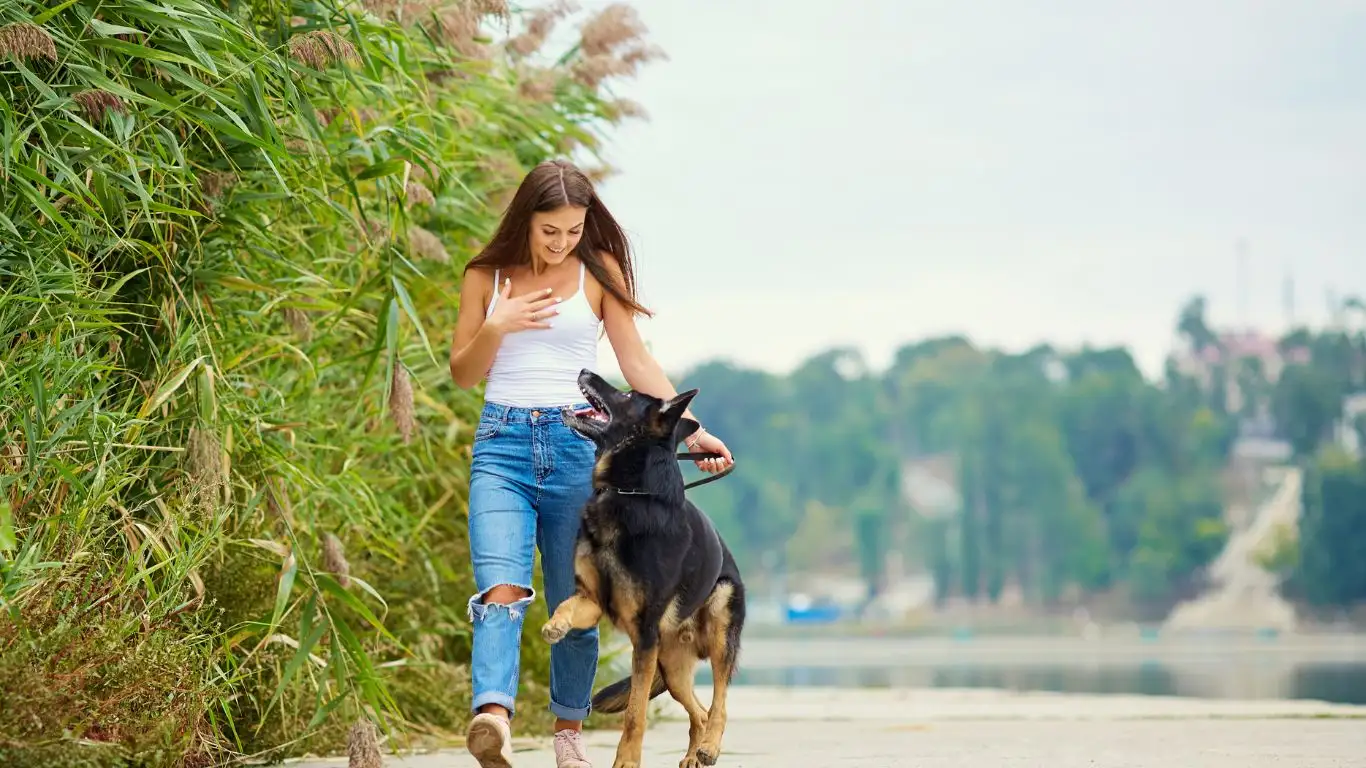
I’m all about using tools — responsibly — to help bridge the gap between training and real-life results. That said, nothing replaces actual training. Tools are there to support your process, not skip it.
Here are a few that I’ve had good experiences with:
- Thundershirts or calming wraps – These apply gentle pressure, kind of like a hug, and help some dogs feel more grounded.
- Canine-safe calming chews – Look for ones with L-theanine or chamomile. I always recommend chatting with your vet first, of course.
- White noise machines or fans – I use one during big events to help drown out the worst of the sudden bangs and pops.
- Crate covers or pop-up dens – These make your pup’s safe space feel more den-like and secure.
I had a client who swore by her golden retriever’s Thundershirt during New Year’s Eve — and when combined with training and a white noise machine, the results were seriously impressive. Her dog went from pacing the halls to snoozing on a blanket with a bully stick in under two months.
Don’t Skip the Dry Runs (AKA Dress Rehearsals)
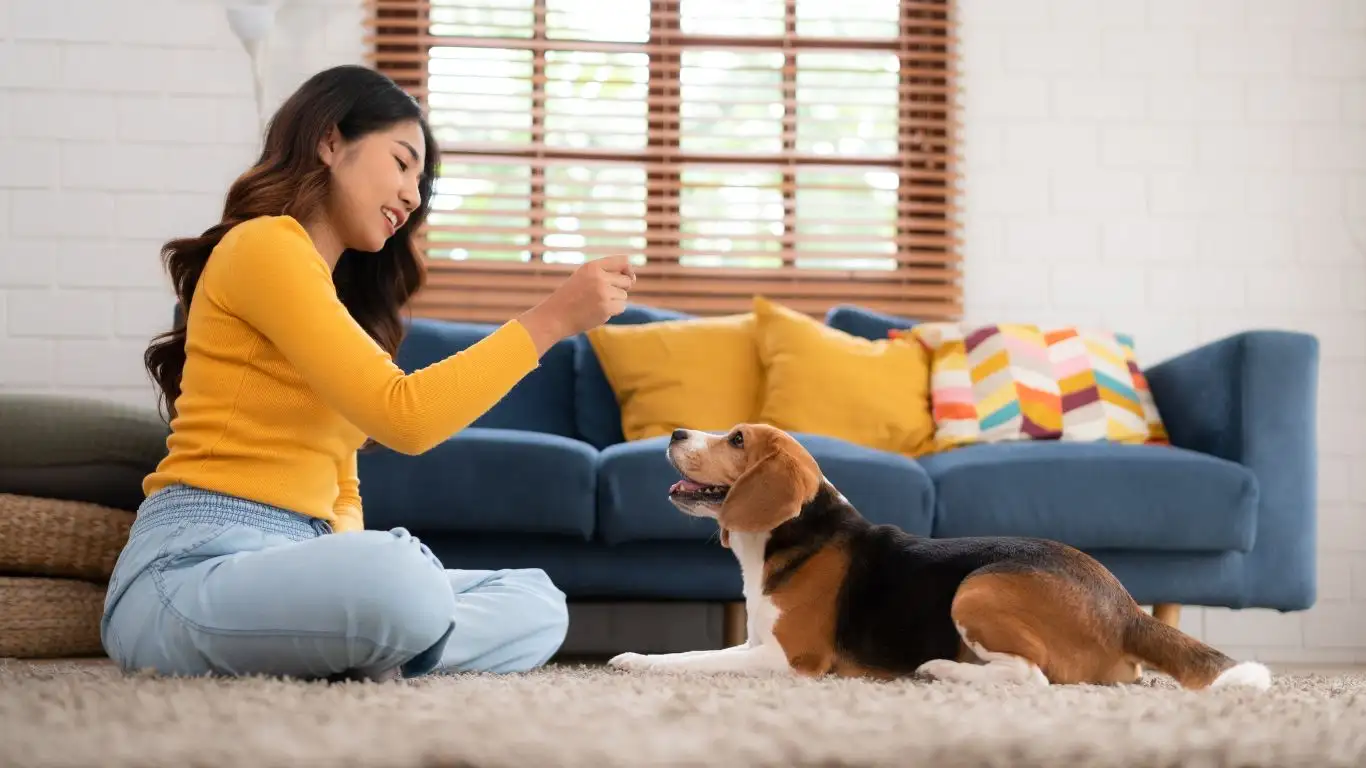
This is a step a lot of people skip — but it’s one of the most effective. I like to call them “mock celebrations.” Basically, you set up a low-key version of the real deal and practice all your dog’s calm behaviors in a controlled way.
Here’s how I usually do it:
- Start by inviting just one or two people over (bonus points if they’re calm, dog-savvy folks).
- Play celebration noises on a speaker — low volume at first.
- Give your dog a stuffed toy, have them go to their “place,” and reward them often for staying calm.
- Gradually increase the energy and noise over several sessions.
Doing these practice runs gives your dog the confidence and muscle memory to handle the real thing. I’ve used this technique with dogs prepping to attend public events, parades, and even therapy visits to schools during holiday concerts. It’s gold.
Common Mistakes to Avoid (That I’ve Totally Made Myself)
Let’s get real for a sec — even trainers like me make mistakes. And honestly, that’s how I’ve learned some of my best lessons. So here are a few things to keep an eye out for, based on my own trial-and-error:
- Starting too loud, too soon – Don’t crank up the firework sounds on Day 1. Go slow or you’ll just reinforce fear.
- Comforting during panic – I know it feels right to cuddle your dog when they’re scared, but it can accidentally reward the fearful behavior. Instead, redirect or reward calm choices.
- Waiting until the celebration to start training – Trust me, you don’t want your first “training session” to be mid-party with 15 people in your living room. Start weeks ahead!
- Skipping vet advice – If your dog’s anxiety is severe, a vet can help rule out medical issues or suggest meds that complement your training.
I once had a dog named Jax who got worse every New Year’s because his family kept saying, “He’ll get used to it.” Spoiler: he didn’t. Once we got proactive, used tools, and did calm rehearsals, he finally turned a corner. There’s always hope — you just need a plan and a little empathy.
What to Do During the Actual Celebration
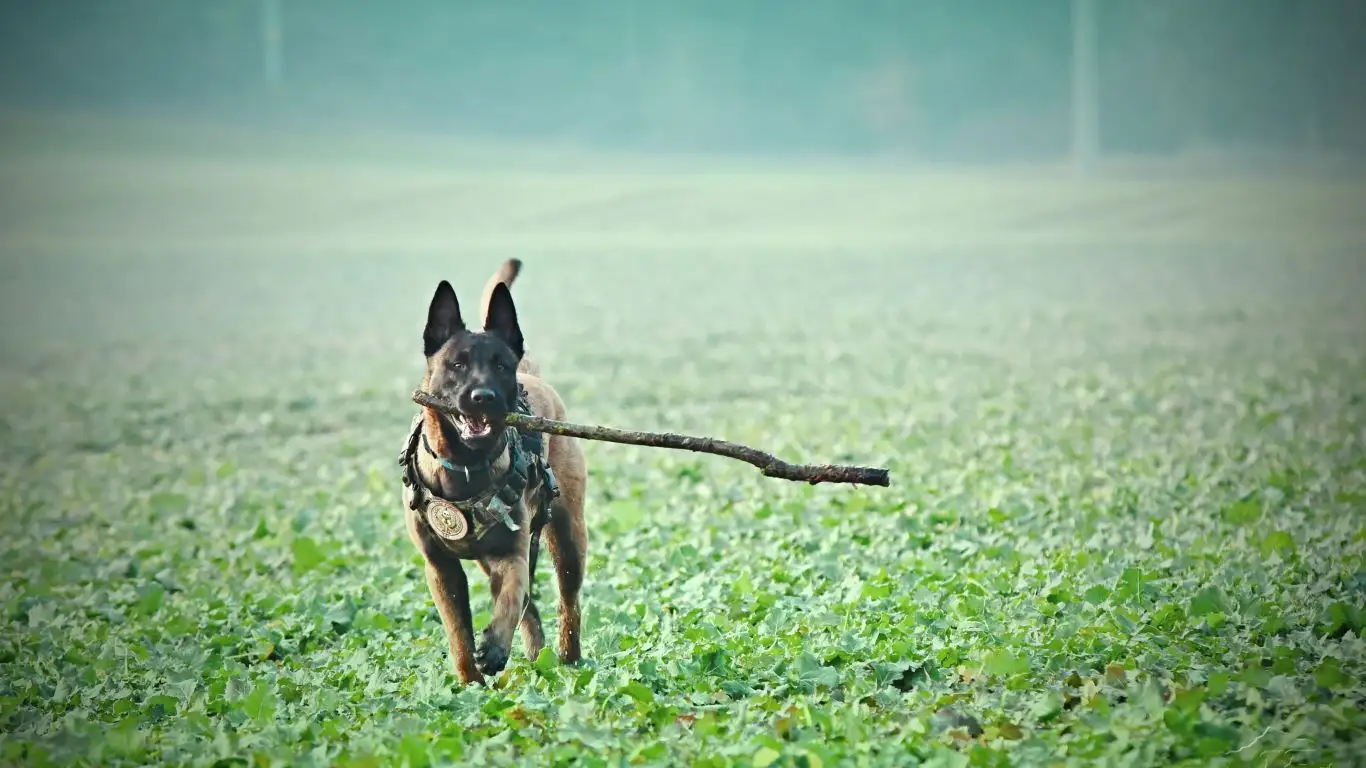
Alright, so the big day (or night) is finally here — maybe it’s New Year’s Eve, a neighborhood block party, or your kid’s epic birthday bash complete with confetti cannons. If you’ve done the prep work, you’re already ahead of the game. But here’s what I tell all my clients: training gets you ready, but your real-time response seals the deal.
During the event, stay calm and intentional. Dogs mirror our emotions. If you’re buzzing with stress or rushing around, your dog will feel it. I always remind myself to breathe deeply, speak softly, and move slowly when the noise ramps up.
Here’s a quick checklist I use for real-time success:
- Put on your dog’s calming gear (if they use any)
- Keep the white noise or soft music going in their safe zone
- Offer a frozen treat puzzle or their favorite chew
- Use those calm cues: “place,” “settle,” or “look at me” when needed
- Keep the energy in their area super chill — lights dim, voices low
One 4th of July, I had four therapy dogs in my home (long story involving holiday fostering), and I kid you not — each one handled the fireworks with more chill than I did. Why? Because we stuck to the plan. We’d practiced it, and I treated the night like a routine, not a crisis. They picked up on that vibe.
When to Call in the Pros

Let’s be real — not every dog is going to breeze through this training, even with all the love and effort in the world. And that’s okay. If you’re hitting a wall, it might be time to loop in a certified behaviorist or a force-free professional dog trainer who understands fear and anxiety.
Here are signs it’s time to bring in help:
- Your dog is injuring themselves trying to escape
- They’re not responding at all to gradual desensitization
- They’re showing aggression when frightened
- Training feels frustrating or overwhelming (for you or your dog)
I’ve worked with clients whose dogs needed more than training alone — some required a combo of medication and behavior therapy. One pup, Oscar, literally chewed through drywall during thunderstorms. Once we involved a vet and collaborated with a certified behaviorist, we were able to build a training plan that gave him his life back.
No shame in asking for support — it’s actually a sign you’re putting your dog’s wellbeing first.
Setting Realistic Expectations
Now, here’s a little truth bomb that’s not always popular: not every dog will learn to love loud celebrations. And that’s totally fine. The goal is to reduce stress, increase coping ability, and create a safer experience for them — not to make them the life of the party.
Some dogs might never want to be near fireworks or parades. And guess what? That’s okay. If your dog prefers their calm crate with a frozen peanut butter treat while the rest of the house parties — that’s still a win. Progress doesn’t always mean perfection. Sometimes it just means less fear, more comfort, and a little peace for both of you.
And honestly, I think that’s a goal worth celebrating.
Helpful Resources & Expert References
- American Kennel Club (AKC) – Great insights on dog behavior and anxiety
- PetMD – Helpful articles on canine health and calming strategies
- National Institutes of Health (NIH) – Useful for research-based insights into animal-assisted therapy
- Health.com – Articles related to human-dog connection and stress management
If you’re looking for in-person help, check if your area has a certified trainer through programs like the AKC Canine Good Citizen or search for trainers who specialize in fear-free or positive reinforcement methods.
Disclaimer:
This article is based on my personal and professional experience as a Canine-Assisted Therapy Trainer. It is intended for educational and informational purposes only and should not be used as a substitute for professional veterinary or behavioral advice. Always consult a qualified veterinarian or certified trainer if you are concerned about your dog’s physical or emotional wellbeing.
